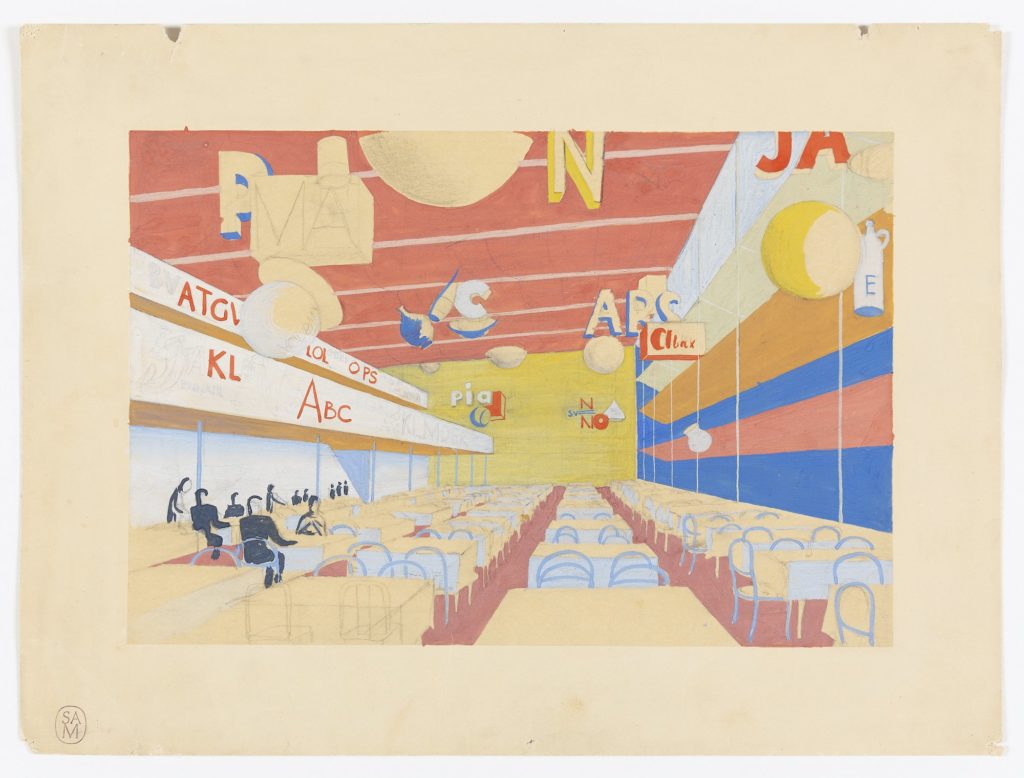Aalto on Asplund: Stockholm Exhibition (1930)

The biased social manifestation which the Stockholm Exhibition wants to be has been clad in an architectural language of pure and unconstrained joy. There is a festive refinement but also a childish lack of restraint to the whole. Asplund’s architecture explodes all the boundaries. The purpose is a celebration with no preconceived notions as to whether it should be achieved with architectural or other means. It is not a composition in stone, glass, and steel, as the functionalist-hating exhibition visitor might imagine, but rather a composition in houses, flags, searchlights, flowers, fireworks, happy people, and clean tablecloths. For Asplund, the Finnish tourist who rides the watercycle for one crown on Djurgården bay is a valuable object who gives the exhibition life. The surprise fireworks are part of the exhibition with the same justification as the exhibition showcases. He who criticises the exhibition architecture only from the point of view of axes and facade angles will never, whether in his little ego he arrives at a positive or negative judgement, discover the mentality that had been the driving force behind the enterprise.
And for me, as ‘a friend of the exhibition,’ it is a great satisfaction that Gunnar Asplund, with this ‘denial of architecture,’ has hit the target and shown others to a way of thinking which hasn’t previously led architecture to any triumphs. Even the gentleman who is used to finding satisfaction in traditional architectural beauty, where historical study and a good cultural drill have helped him get oriented, will perhaps gradually find some reason for a whole new kind of joy as he walks around the Stockholm exhibition, where, for instance, blooming tulips in the garden have received the same care from the architects as the buildings and the exhibition hall interiors.
Excerpted from an interview for the Swedish newspaper Åbo Underrättelser, May 22, 1930. Reprinted in Göran Schildt, ed., Alvar Aalto: Sketches, trans. Stuart Wrede (London: MIT Press, 1979), 16.
